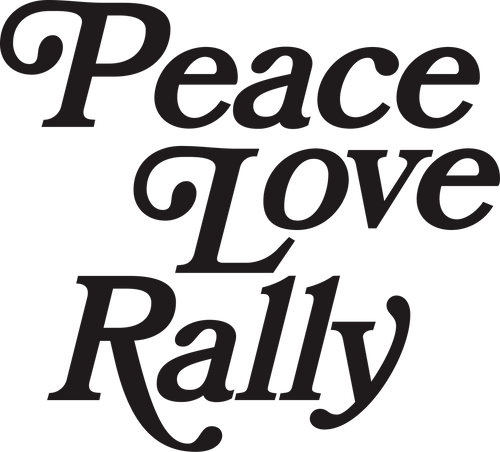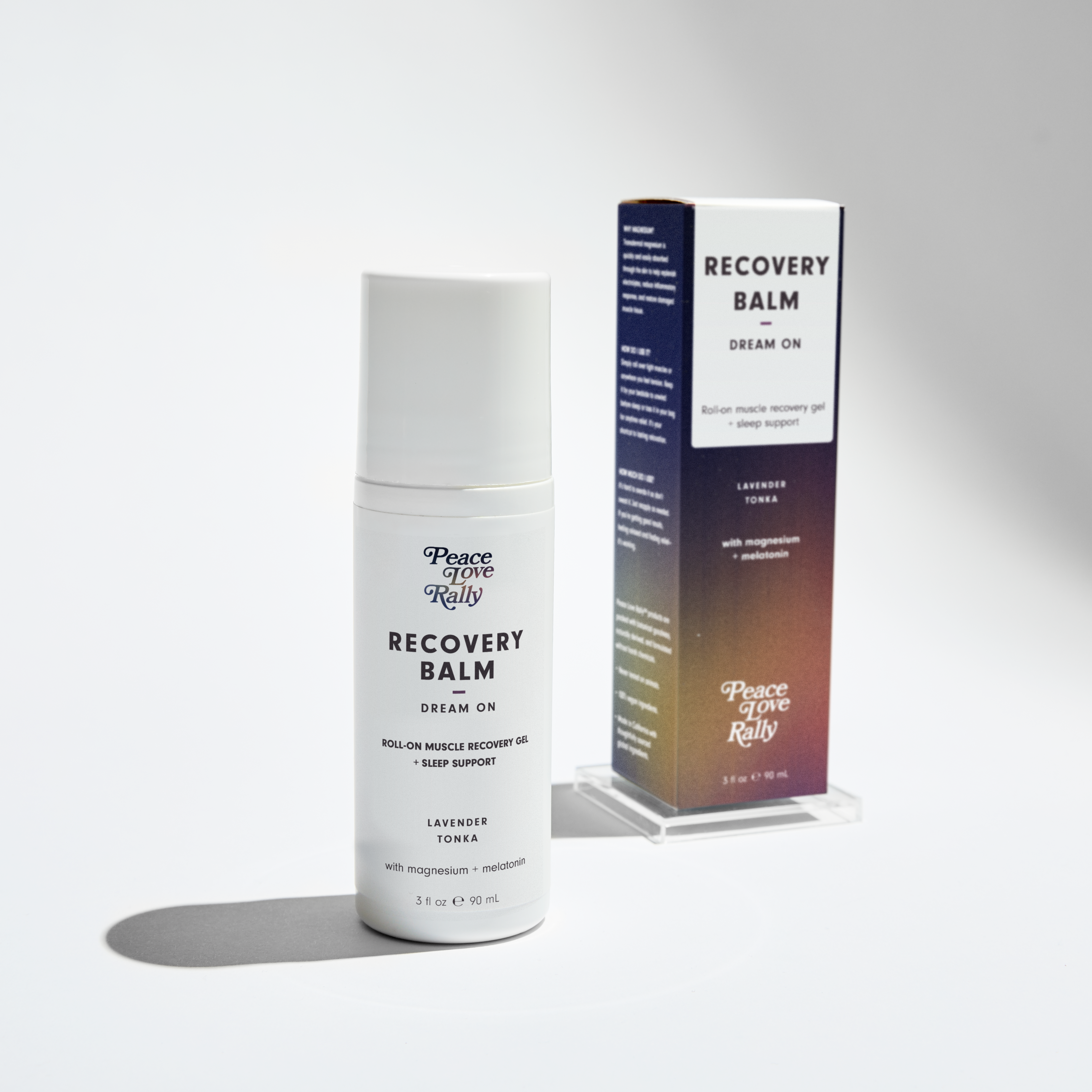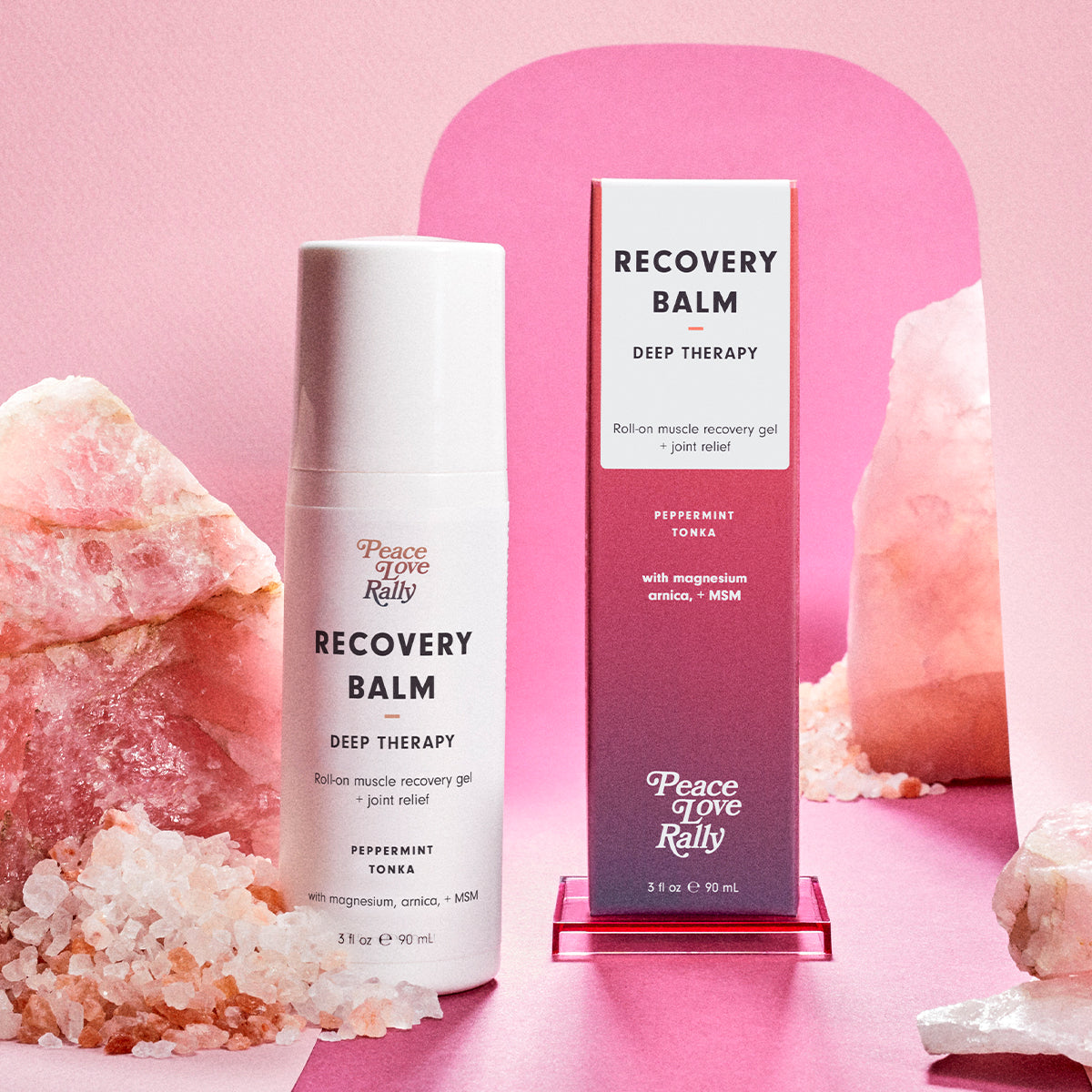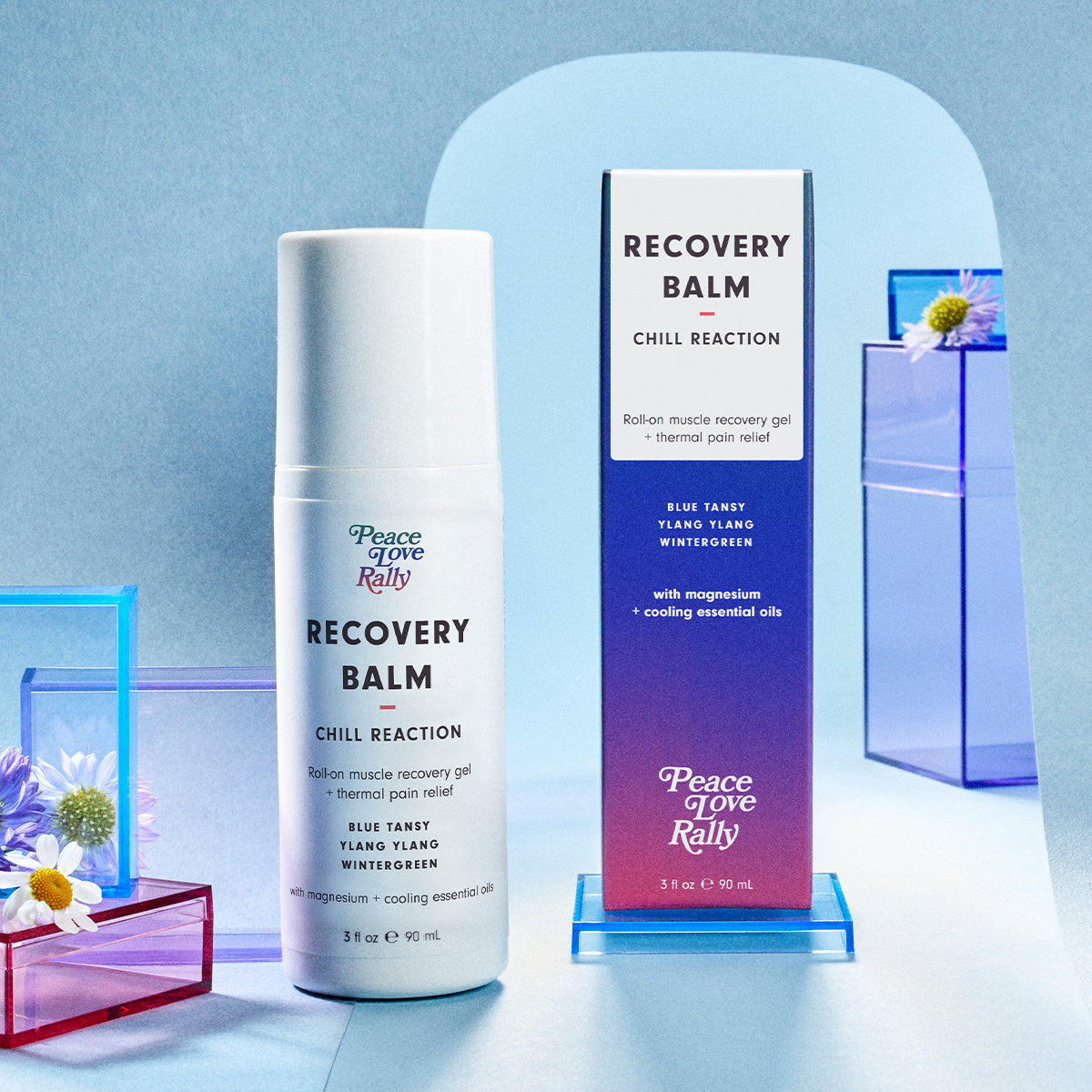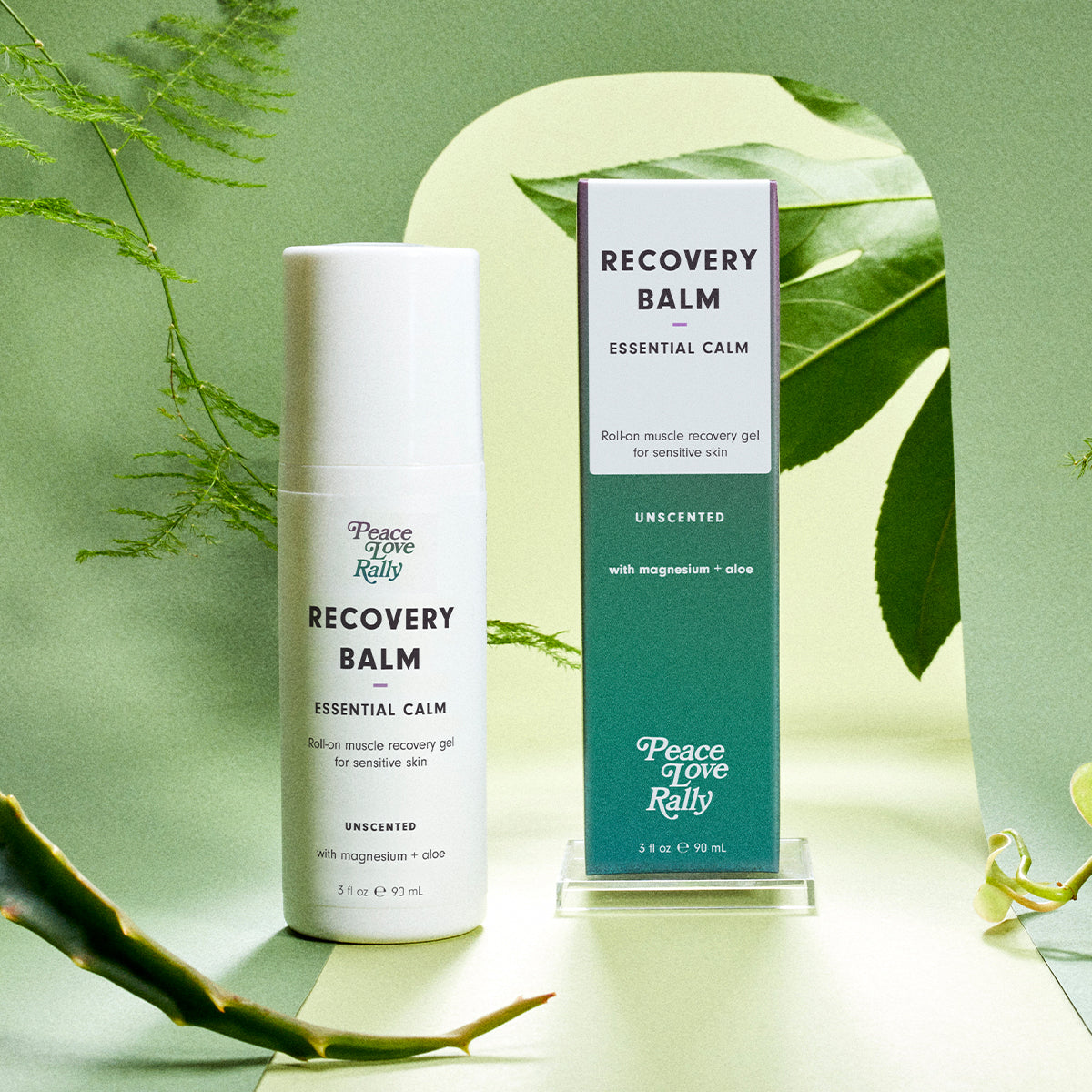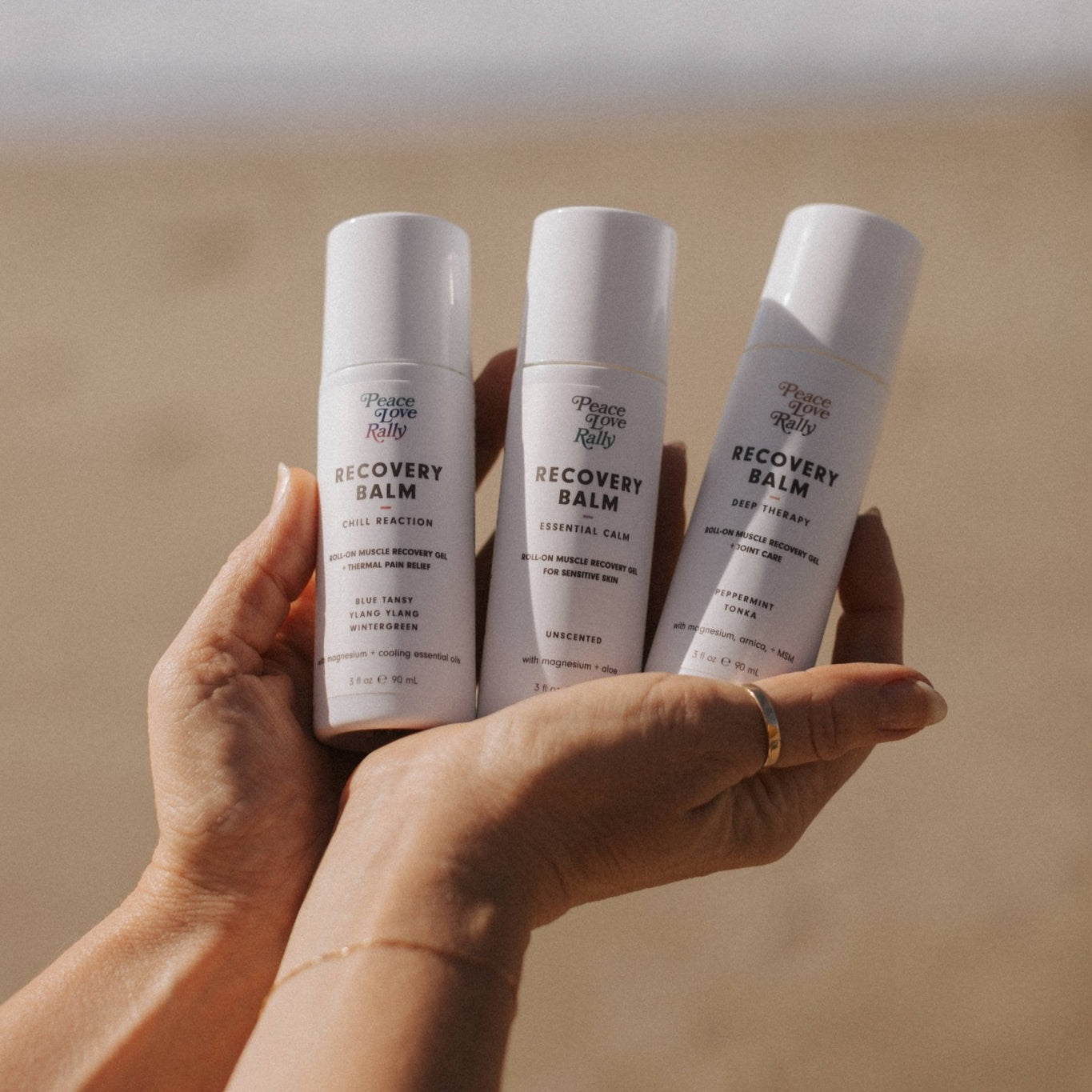The start of a new year is a time for fresh beginnings, and for many of us, that means prioritizing health and wellness. But while the intention is strong—gym memberships surge in January, running shoes fly off the shelves—studies show that most resolutions don’t make it past February.
So, what’s holding us back?Let’s break it down and, more importantly, explore how to work through the biggest hurdles. Spoiler: building recovery into your routine can make all the difference.
Table of Content
Why We Give Up on Wellness Goals: How Pain and Soreness Can Derail Wellness Goals
We’ve all been there: you crush a workout on Monday, to wake up Tuesday feeling a little sore, only then to wake up Wednesday like a truck hit you! Uugghh! That Two-Day soreness (Hello, DOMS—delayed onset muscle soreness) is often enough to make you want to skip the rest of the week’s sessions. The problem isn’t just the pain—it’s what that pain does to your body and even more so to your mindset. It’s easy to interpret soreness as a sign that something’s wrong or that you’ve overdone it. Without the right recovery tools, pain can snowball into skipped workouts, and before you know it, your resolution feels impossible to maintain. Here are four of the main reason we all give up on our wellness related new year's resolution.
-
Unrealistic Expectations
Many of us dive into new routines expecting overnight results. A week of clean eating and spin classes doesn’t always lead to a six-pack. The gap between expectations and reality can leave us frustrated. [1] -
Lack of a Plan
Setting a goal like “work out more” without defining how, when, or what “more” means is a recipe for inconsistency. Without a structured plan, it’s easy for life’s chaos to push fitness to the backburner. [2] -
Time Constraints
Between work, family, and everything else, finding time for fitness can feel impossible. Without realistic time management strategies, wellness goals often take a back seat to other priorities. -
Physical Discomfort
This one’s a biggie. After a week or two of hitting the gym, your muscles are screaming at you. That post-workout soreness is normal, but if you don’t manage it, it can become a reason to skip a session—or quit altogether. [3] -
Lack of Immediate Gratification
Real talk: results take time. Without instant progress, motivation can wane quickly. [4]

- Baylor College of Medicine. (n.d.). New Year’s resolutions: Why do we give up on them so quickly? Baylor College of Medicine. Retrieved from https://www.bcm.edu/news/new-years-resolutions-why-do-we-give-up-on-them-so-quickly
- CFTfit. (2021). New Year’s resolution failures: Don’t be a statistic. Retrieved from https://www.cftfit.com/blog/new-years-resolution-failures-dont-be-a-statistic
3. Motiv Personal Training. (2021). Why New Year’s resolutions fail—and how to succeed with exercise goals. Retrieved from https://motivpt.com/why-new-years-resolutions-fail-and-how-to-succeed-with-exercise-goals
4. Inside Out Mastery. (2023). New Year’s resolution statistics 2023: The truth about sticking to goals. Retrieved from https://insideoutmastery.com/new-years-resolution-statistics
Focusing on Recovery: The Missing Link
When we think about fitness goals, we often only focus on the action—getting to the gym, hitting that yoga class, or running that extra mile. But here’s the thing: the action itself is just one part of the equation. Recovery is the other half. When I first started taking fitness goals seriously, I’d push myself hard but often felt like I hit a wall of soreness and exhaustion. That’s when I realized my approach was missing something. I needed to take care of my body after workouts to stay consistent and prevent burnout. Including a recovery plan transformed the way I approach fitness. It became less about powering through pain and more about listening to my body and giving it what it needed to heal.
Why I Swear by Topical Magnesium Recovery Balm
Over the years, I’ve found that making recovery as much a priority as exercise itself is the secret sauce to sticking with my goals. One thing I’ve added to my routine—and can’t live without—is topical magnesium.Here’s how it helps me keep going:
- Eases Muscle Tension : After workouts, my muscles are tight and sore, but applying magnesium-based balm to those areas helps them relax.
- Reduces Inflammation : Whether I’ve pushed a little too hard or just had a particularly stressful week, magnesium works to calm inflammation and soothe aches.
- Preps Me for the Next Session : Recovery Balm isn’t just about healing—it’s about getting me ready to hit the mat, weights, or trails again.

The best part? Recovery doesn’t feel like a chore anymore. Rolling on some balm after a workout has become part of my self-care ritual, and it reminds me to slow down and appreciate what my body just did.
Tips for Building Recovery into Your Routine
- Stretch It Out : Incorporate dynamic stretches before your workout and a good cooldown routine afterward. Stretching helps improve flexibility and prevent stiffness.
- Hydrate Like It’s Your Job : Dehydration worsens soreness, so drink water consistently, especially after exercise.
- Fuel Your Body : Proper nutrition is essential for recovery. Incorporate magnesium-rich foods like leafy greens, nuts, and seeds into your diet.
- Roll It On : Use a topical magnesium balm like Peace Love Rally Recovery Balm to target specific areas of soreness. It absorbs quickly and delivers relief right where you need it.
- Rest and Listen : Recovery also means knowing when to take a rest day. Your body will thank you for it.

“I have been using this for months. AWESOME PRODUCT. Almost instant relief. I have stenosis in my neck, a torn rotator cuff that needs surgery but which I am not doing, arthritis, and general pain. This roll-on is amazing. I carry a bottle in my purse for when I am out and about and need some relief. I order three at a time. I have got my two sisters using it. This next order will be my fourth reorder. I am a satisfied customer, not someone they have paid to say these things. I live in Georgia. NO SIDE EFFECTS.”
Make Recovery Part of the Plan
Wellness isn’t just about the sweat—it’s about what you do before and after, too. Including a recovery routine isn’t just smart; it’s essential. When you give your body the care it needs, it gives back in spades—keeping you consistent, motivated, and ready to tackle your goals. This year, don’t just resolve to work out more. Resolve to recover better. Your body (and your resolutions) will thank you.
Ready to rally through 2025? Peace Love Rally’s Recovery Balm is here to help you move well, live well, and love well—all year long.
Frequently Asked Questions
When should I take magnesium for sore muscles?
Any time you want relief from soreness, post-workout or before bed works wonders.
What type of magnesium is best for muscle pain? Magnesium chloride or Magnesium sulfate—especially in topical form for targeted relief.
Magnesium chloride or Magnesium sulfate—especially in topical form for targeted relief.
Which magnesium is a muscle relaxer?
Magnesium Sulfate is your go-to for relaxation.
Does magnesium relieve muscle pain?
Magnesium helps reduces inflammation and calms nerves which can be the sources of muscles pain.
